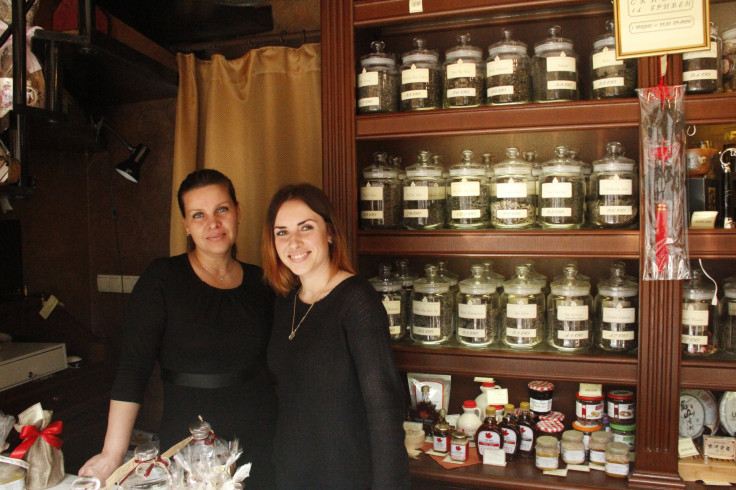US State Dept. Issues Travel Warning For Ukraine, Then Promotes It For American Tourists

The U.S. Department of State is supposed to be the go-to source for accurate advice on global travel, so what is the public supposed to think when within the span of a week, it simultaneously warned American tourists away from Ukraine and encouraged them to visit?
The Department disseminated a travel warning on March 21 urging U.S. citizens to “defer all non-essential travel to Ukraine,” and to “defer all travel” to the Crimean Peninsula and eastern regions of Kharkiv, Donetsk and Lugansk. It said the Embassy’s ability to respond to emergencies involving U.S. citizens in Ukraine was “limited,” and that commercial air travel into and out of the country could be delayed or canceled with little or no notice.
“The Department of State urges U.S. citizens who travel to or reside in Ukraine to evaluate carefully the risks posed to their personal safety,” officials warned. “While the transition to a new government has been largely peaceful in most parts of Ukraine, the potential for violence between pro-Ukrainian and pro-Russian groups still exists.
“Since February 27, demonstrations and clashes have occurred in several cities in Ukraine, some of which were violent and resulted in deaths and injuries. Additionally, groups advocating closer ties to Russia have taken on a more strident anti-American tone.”
Yet, in an apparent about face, the Department of State issued a Twitter post three days later urging Americans not to believe disinformation about the situation in Ukraine. It tweeted, “Chaos on the streets of Kyiv? This is the reality,” attaching a link to a YouTube video from the U.S. Embassy in Kiev declaring the city safe for visitors.
“We decided to walk around the city and here is what we saw: people running around doing errands, strolling, relaxing, taking photographs and even looking for new places to explore in Kiev,” the narrator of the four-minute video explains, adding that public transport is working fine, restaurants are open and cultural events are going on as planned.
State Department spokeswoman Marie Harf told the Washington Free Beacon, which first noticed the apparent mixed message, that the video was an effort to combat “Kremlin propaganda.”
“It is meant as a vivid counterpoint to the lies and disinformation being spewed forth by Moscow,” Harf said. She noted that the travel warning and video should be viewed separately.
“The video is not a travel ad -- it is a rebuttal to Kremlin propaganda. It was meant to counter Russian claims that Kiev and Ukraine is somehow in the throes of lawless, nationalist thugs looking to persecute Russian-speaking minorities. The video simply shows a nice, calm spring day in Kiev, where Ukrainians of all walks of life are going about their business.”
Regardless of its intended purpose, the video has left many foreign policy observers confused. It was the Department of State, after all, who warned Americans just days earlier to “keep away from the downtown areas of Kiev near Independence Square and government buildings” because the situation was “unpredictable and could change quickly.”
Have a look at the video from the U.S. Embassy in Kiev below, which affirms just the opposite: That Kiev, for the most part, has remained predictable and unchanged:
© Copyright IBTimes 2025. All rights reserved.






















